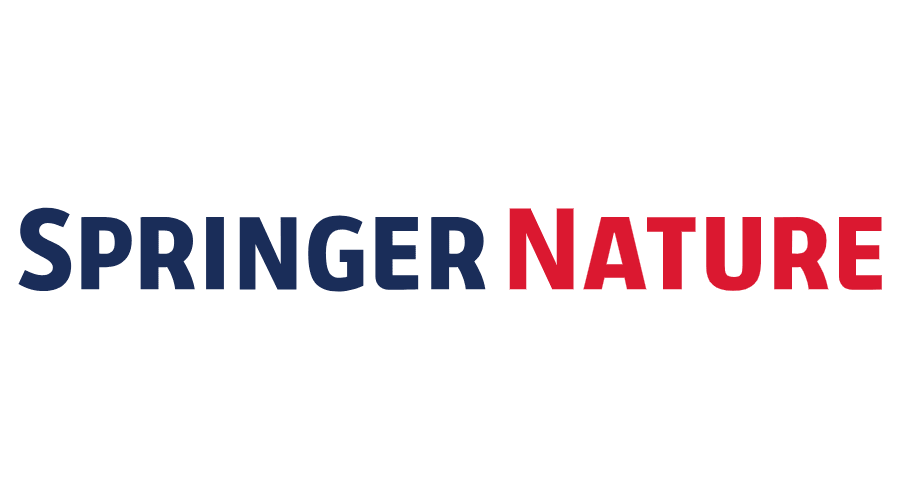The Challenge
To provide a seamless experience across all the data sources within SpringerMaterials, the Database Group manages the tools and infrastructure that serve as the backbone to the platform. To bring together the variety of discrete data sources that are incorporated into SpringerMaterials, the DG team originally relied on robust XML document store and keyword/element builds. However, the legacy infrastructure required time-intensive updates and was outgrown by the demands of users and internal needs. As the team brought on more data sources to integrate into the platform, developed novel features for search and interaction, and updated existing data with new research, the connections within the infrastructure strained under the pressure of the ever-evolving data slowing down SpringerMaterials release cadence.
It became obvious that the semantic search functionality subscribers relied on could no longer be supported by the existing data structure. Although there was robust data underlying each search, there was potential to develop infrastructure that permits users to see the dynamic connections within and relationships between different materials, properties, and publications. The limitations to semantic search also prevented organic exploration within the data and obscured the data links that provide context to the researchers. To meet the internal maintenance and development needs of the Database Group, and allow external users to maximize the value from their immense pool of data within SpringerMaterials, the team needed to refine and replace their traditional XML document store backend.




